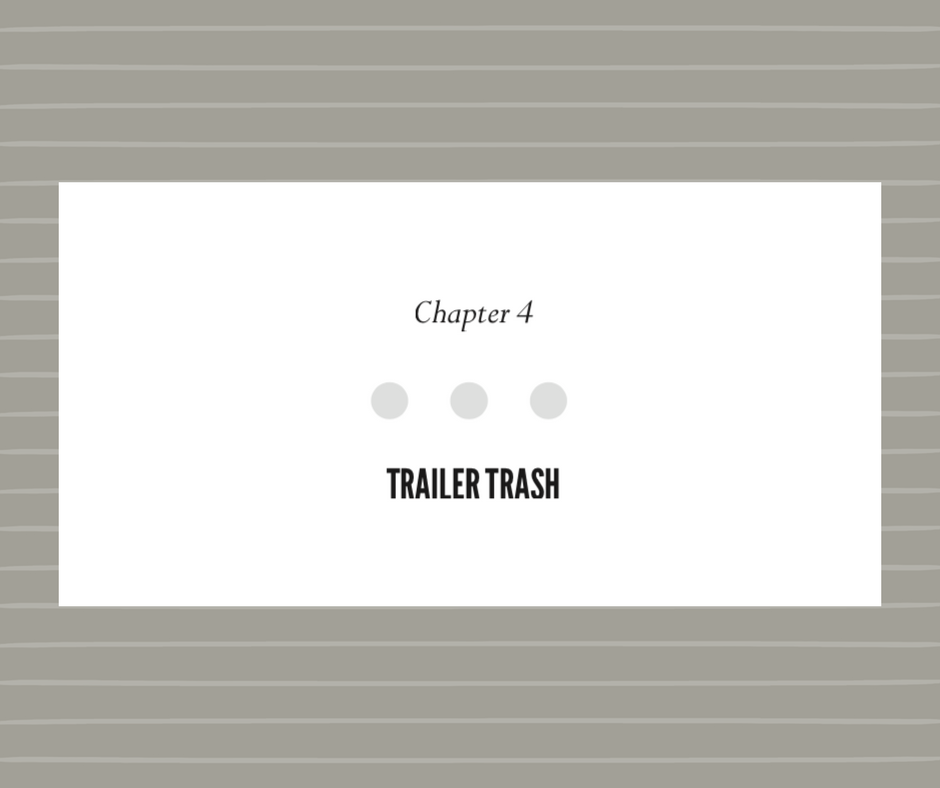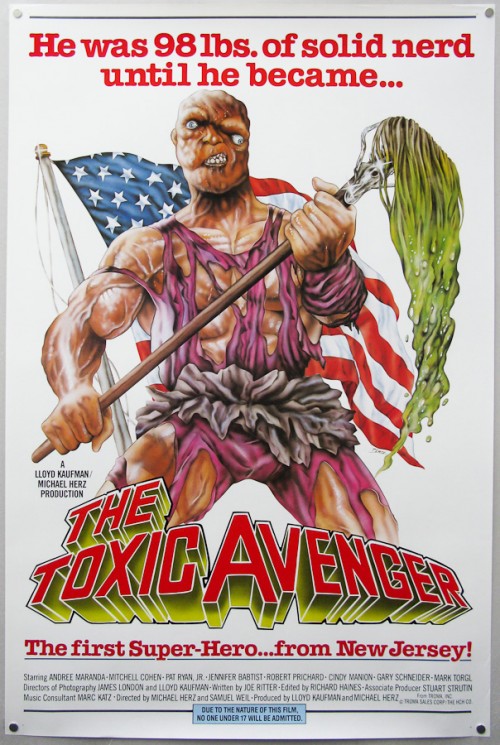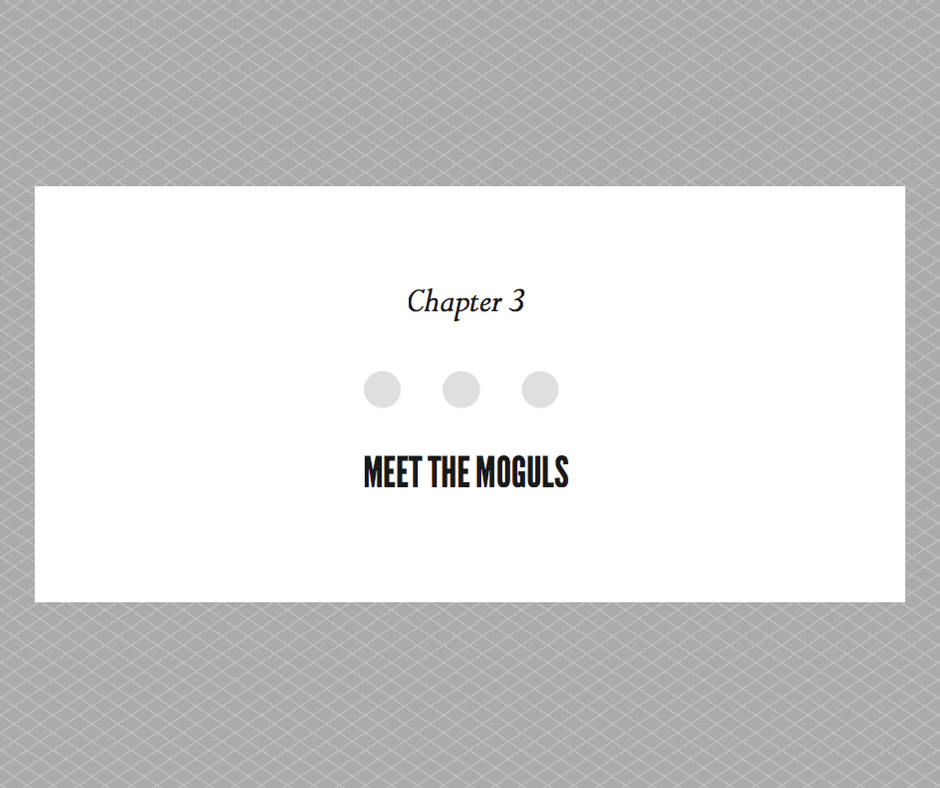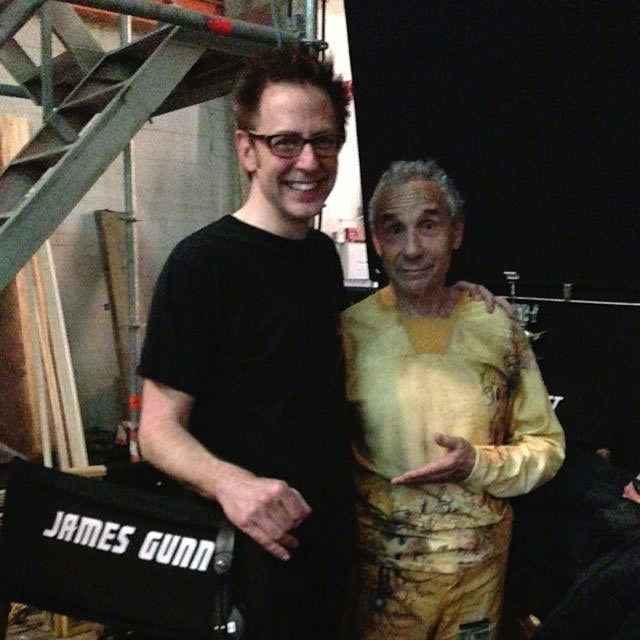Chapter 9: Old Yeller (and be your Brand)
Greetings from Tromaville! Here is Chapter 9 from my book, Everything I Know about Business and Marketing, I Learned from THE TOXIC AVENGER. This chapter still resonates strongly with me to this day. It’s all about the importance of consistency when building a brand. What do you think?
If you haven’t done so already, you can read the Foreword by Troma co-founder, Lloyd Kaufman, and the Introduction to the book as well as Chapter 1, 2, 3, 4, 5 and 6, 7 and 8. You can also see me read a few chapters live, along with Lloyd and Toxie, at Florida Supercon as well as a few chapters I read on Facebook Live. Stay tuned for additional chapters to be published here. If you like what you read and can’t wait for more, please don’t be shy. You can buy the book now on Amazon (and also please don’t be shy about sharing, and reviewing the book when you do read it.) Both Toxie and I greatly appreciate your support! – Jeff Sass
Chapter 9: Old Yeller (and be your Brand)
The most valuable trait to understand and recognize in someone or something is consistency. We, humans, are hardwired for pattern recognition. We are built to spot things that are consistent, for a pattern is simply something that appears or occurs consistently. We can deal with patterns. We can deal with consistency. When I first arrived in Tromaville, I quickly learned that Lloyd and Michael were yellers and screamers. Especially during film production.
Author’s note: We realize that the previous chapter espoused the importance of using “we” instead of “I,” and yet here we are using “I” throughout this book. We are distraught over this blatant contradiction and recognize that we may lose some credibility and perhaps even some of your trust. We feel truly awful about this and hope we have not let you down. However, in the context of a somewhat autobiographical tale (after all, the subtitle of this Tromatic tome is “one man’s journey to Hell’s Kitchen and back”), the author felt we could take creative license—and risk it being revoked—and share the stories and lessons herein from the author’s unique, first-person perspective. We hope you will forgive us. And now we return you to chapter 9, already in progress.
When the pressure was on, the yelling and screaming was also on. And on at a very loud volume. Before joining the Troma Team, I don’t think I really understood what it meant to be yelled at. Sure, as a child I had done stupid stuff to the point of provoking one or both of my parents to raise their voice at me. But never in business had I been the object of such verbal aggression. At first, it was shocking and upsetting to me, and since it was such a foreign experience, I took it personally and assumed that I was being yelled at for something I had done.
But soon the patterns revealed themselves, and as a genetically sound human, I came to recognize that the yelling had absolutely nothing to do with me. It was simply the way the mad moguls operated. They were screamers. They were yellers. And they screamed and yelled consistently, at anyone and everyone. They screamed and yelled at each other. Hell, they set up an office environment where they faced each other all day, probably (consciously or not) to facilitate easy yelling.
And once my pattern recognition light bulb went off, the yelling no longer bothered me. Consistency is easy to deal with because your expectations are set and accurate. If someone always yells, you always know what to expect. If someone is consistently an asshole, you know what to expect. You understand their pattern and can deal with them accordingly and with less stress. It is the inconsistent people who challenge us. The person who rarely yells and then suddenly, unexpectedly screams, will truly throw us off. The person modeled on Jekyll and Hyde, who is sometimes your best friend and sometimes a maniacal asshat, and you never know which to expect, that is the most difficult person to deal with. They are unpredictable. They don’t fit a pattern.
So, the yellers were easy.
And to their credit, by the time I left Tromaville they had calmed down quite a bit, and the old yelling, with true vim and vigor, was seldom experienced.
So, what does all this talk of yelling have to do with branding? Consistency. It is all about consistency. An effective brand must always stand for the same thing. An effective brand must be consistent. What your brand is consistent about perhaps matters far less than the fact that you are consistent in presenting the brand values. Know your brand. Decide what it stands for, good or bad, and get behind it consistently. The more consistent your brand message is, the more lasting it will be. Look at the great brands. If you ask ten people what those brands stand for, you will get ten very similar answers. They all have the same expectations of the brand.
At Troma, the brand image was one that resonated deeply with our fans. We were a team, The Troma Team, and if you were a fan, you were a part of that team. You were welcome in Tromaville. We took our business seriously, but we didn’t take ourselves too seriously. If they had not already been violently ripped from our throats, our collective Troma tongues were held firmly in cheek.
Understanding and appreciating the Troma brand was critical to my success in Tromaville.
•••
That’s Chapter 9 – Another one of my favorite lessons in the book: the power of Consistency, learned from a couple of real screamers! Stay tuned for “Chapter 10: Find Something to Believe In” in which I reveal my true feelings about the films I had a hand in making during my tenure in Tromaville…
The book in previous posts:
Foreword, by Lloyd Kaufman
Introduction: Lights, Camera, Action!
Chapter 1: Welcome to Tromaville!
Chapter 2: The Troma Building
Chapter 3: Meet the Moguls
Chapter 4: Trailer Trash
Chapters 5 and 6: Working FREE-lance & Becoming a Full-time Tromite
Chapter 7: Branding Begins on the Ground Floor
Chapter 8: The Power of We














